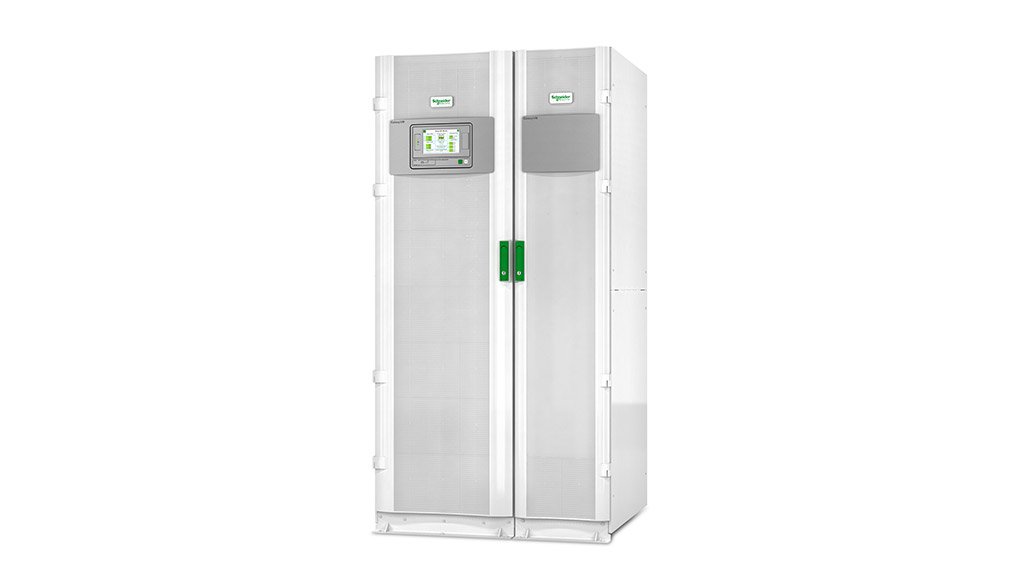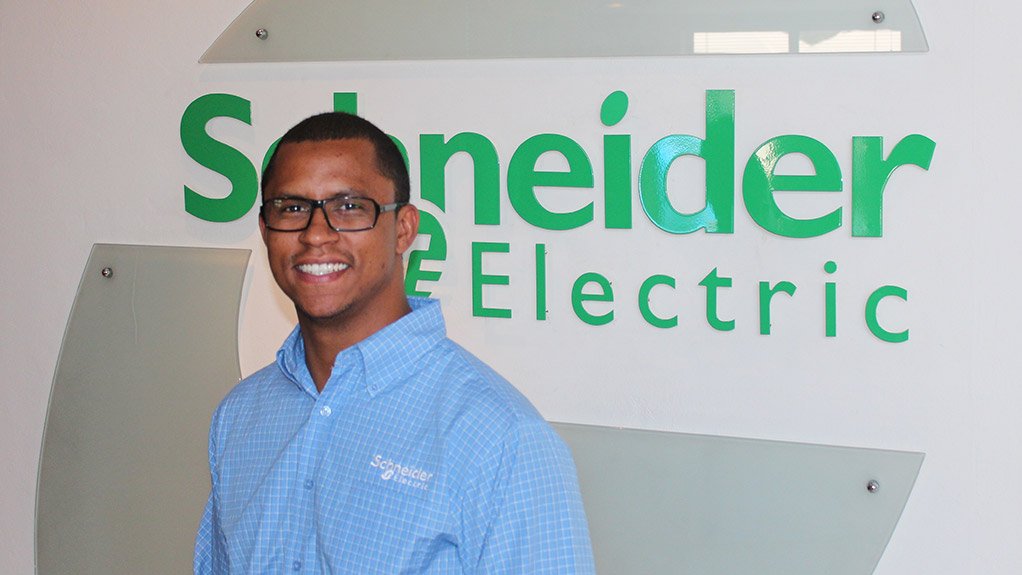
+27 (0)11 0461900
Private Bag X139 Halfway House 1685

Eco-mode UPSes and free power make energy management systems even more important
Company Announcement - The need for reliable power solutions has been a hot topic in the data centre industry for quite a number of years. In response to this need, Schneider Electric advocates energy management systems as being a key component of ensuring reliable power.
In fact, Schneider Electric recently published a revised version of a white paper that was initially published more than 10 years ago on this very topic. Titled “How energy management helps maximise power reliability”, the paper made the case that customers critically needed energy management systems because the electrical power grid, on its own, wasn’t reliable enough to consistently deliver power to increasingly vital IT data centres.
During the revision of the white paper, it became glaringly evident that energy management systems are still vitally important today. Mitigating measures have however changed slightly – data centre operators do not only focus on basic power supply principles, but are continuously applying new technologies to ensure that energy power management is aligned with the complexity of IT solutions as well as challenging environmental factors. In terms of new technologies that are fast becoming industry trends, eco-mode UPS systems and so-called free power quality (FPQ) techniques are at the forefront of the power game.
Eco-mode UPSes essentially operate in a bypass mode under certain conditions: normally, a UPS takes in AC power, rectifies it to DC, performs some filtering on the DC power, and then converts it back to AC. A small amount of power is lost in this conversion processes (the price to pay for “clean” power). However, when operating in bypass mode, an eco-mode UPS doesn’t perform these conversions – it just takes in the AC power and passes it through so long as the power seems clean. If the UPS detects an anomaly (such as a power dip or outage), it immediately and seamlessly switches over to the usual double conversion mode. The concept is to save the energy that is typically lost in the traditional conversion process when it’s not necessary to perform it.
FPQ is essentially the idea of superseding the use of additional energy sources above the use of UPSes to provide backup power. Such sources, for example, include a third utility feed or a cogeneration source, such as a micro-grid consisting of solar or fuel cells. The idea is that critical IT environments can be powered without relying on only UPSes since supplementary backup power sources are available in case the primary power source becomes unavailable.
This being considered, it must be noted that the effective application of FPQ requires design techniques that ensure that power is transferred quickly enough to maintain a constant power supply. With modern clustered server architectures and virtualisation techniques, this however does not present an insurmountable problem.
In addition to these architectures and techniques, it is pertinent that an energy management system is used to mitigate risk in scenarios where an FPQ solution is used: since the UPS is effectively in eco-mode, rectifiers and inverters are turned off. This means that the double conversion process that filters out disturbances no longer protects equipment – power supply must be managed carefully and automatically in terms of timing and switching to avoid any fluctuations in the degree of power supply. Through the use of energy management systems, data centre operators can also be notified when power anomalies become dangerous in terms of supply consistency.
In recent years, Schneider Electric has supplied power quality monitoring solutions to cloud service providers, retailers and more, to enable them to intelligently operate their data centres. These data centres typically deployed StruxureWare Power Monitoring Expert Data Centre Edition software along with power quality meters as tools to maximise system efficiency, and to understand the potential for impact on mission critical IT environments.
The StruxureWare Power Monitoring Expert solution captures power quality disturbances including sags, swells, and transients, all of which represent threats to system reliability. For instance, when IT equipment transfers to backup generation or double conversion UPS mode, the system has the ability to capture the sequence of events with system-wide time stamp resolution as low as one millisecond.
This information – both power quality and sequence of events – is used by engineers and data centre operators to continually monitor and improve their systems. They can for instance see how server power supplies respond to system disturbances to ensure that dual-corded systems respond properly.
Ultimately, these solutions strive to establish a reliable, consistently available and optimally managed IT data centre environment.








